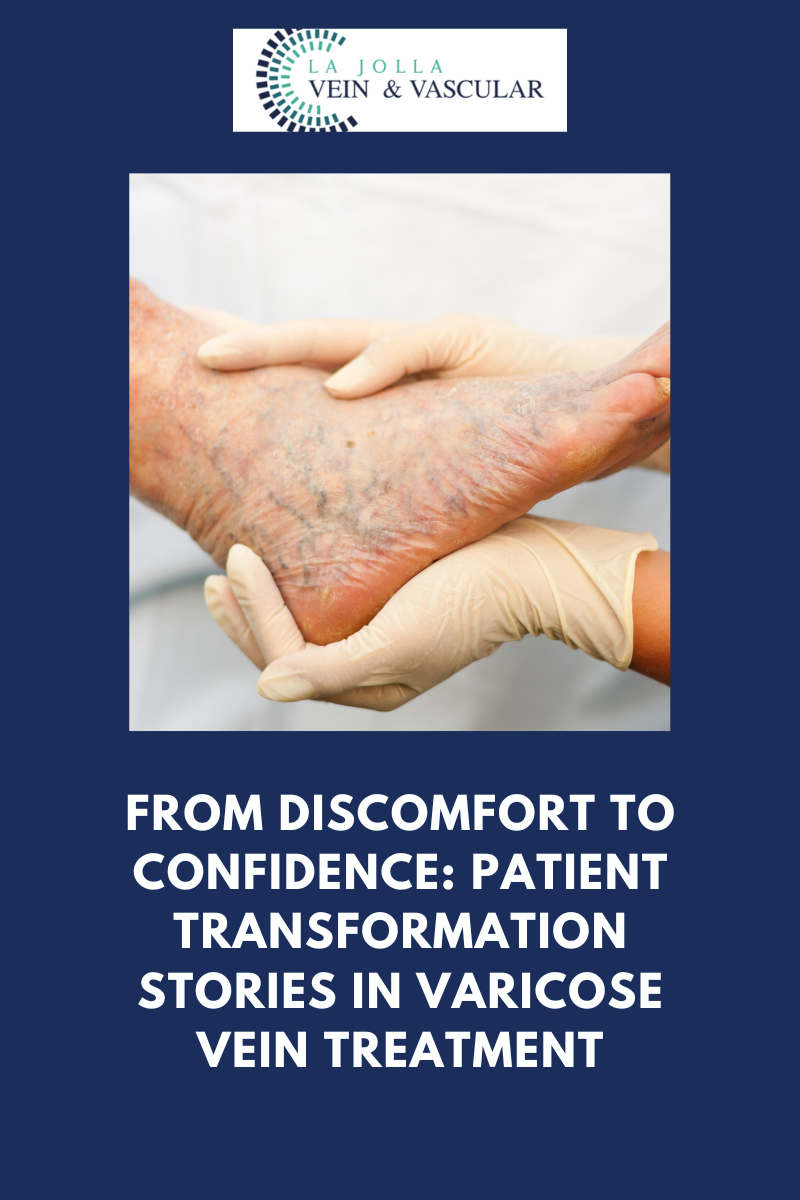6 Stages of Venous Disease, Which Stage Am I?
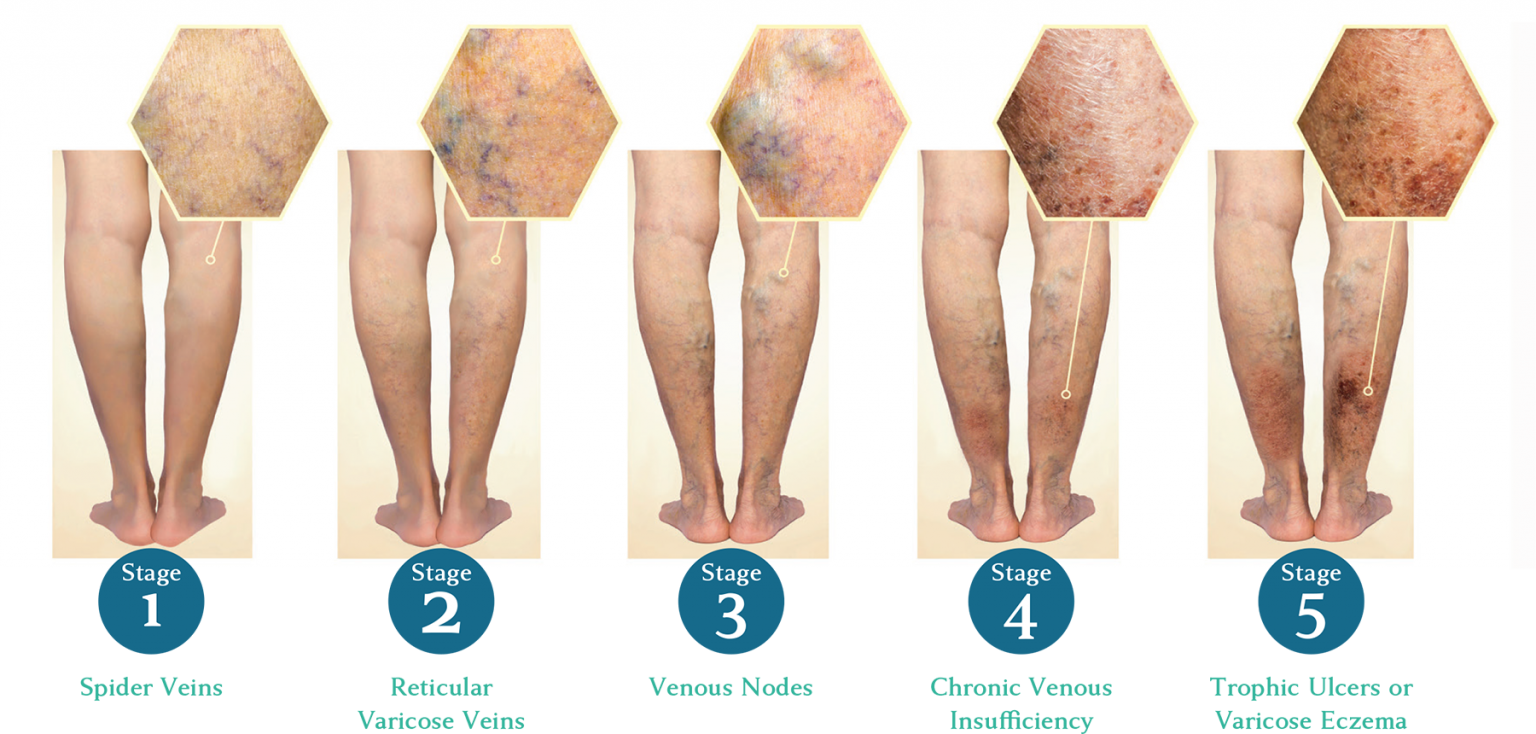
Venous Reflux Disease is progressive and worsens over time.
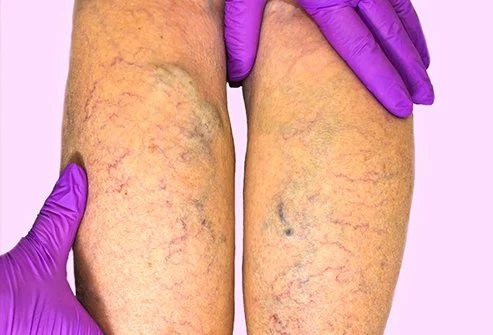
venous disease is progressive and worsens over time.
Venous reflux disease is also known as venous stasis, chronic venous insufficiency, or venous incompetence. Venous reflux disease refers to ‘leaky valves in the veins of the legs. Reflux may occur in the deep and/or superficial leg veins. The deep veins are those within the muscle; they bring at least 80-90% of the blood from the legs back to the heart. The superficial veins are outside of the muscle and under the skin. The main superficial veins are the Great Saphenous Vein that courses up the middle of the thigh and calf and the small saphenous vein, which courses up the back of the calf. Normally, there are one-way valves within the leg veins, which help blood flow in one direction: toward the heart. This means blood is traveling against gravity. The calf muscle also helps move blood toward the heart. When vein valves are leaky, blood flows backward (reflux) towards the feet. Blood pools in the lower legs, causing bulging veins at the surface. Symptoms include leg heaviness, leg fatigue, leg pain, ankle swelling, phlebitis (inflamed and painful veins) restless legs at night, and night cramps. Venous reflux disease is progressive and worsens over time. Skin changes may also develop, including darkening of the skin around the ankles. The darkening of the skin is sometimes referred to as
skin changes. The skin can become dry and itchy (venous eczema). Eventually, the skin can break down causing a wound, called a venous leg ulcer. See the image to better understand the 6 main stages of venous disease. Stage 6 is the open leg wound, known as a venous leg ulcer.
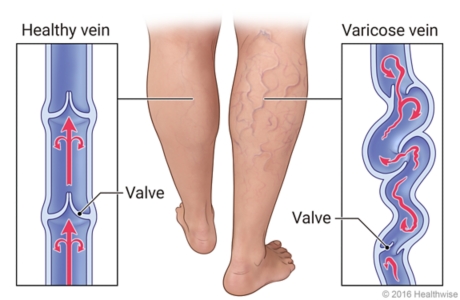
Stage 1. Healthy Veins, Stage 2. Spider Veins

Stage 3. reticular veins and varicose veins

Stage 4. Venous Nodes - Edema venous insufficiency
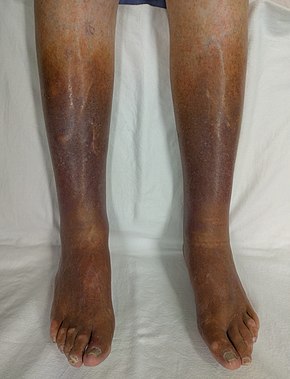
Stage 5. Chronic insufficiency
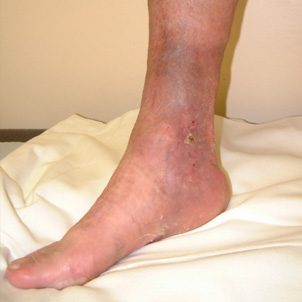
Stage 6. Venous eczema and venous leg ulcer


